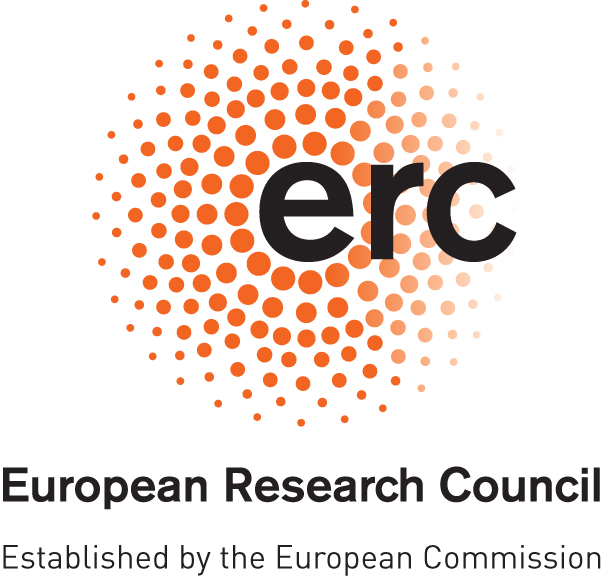Introduction
The primary, overall objective of the HUGIN-MUNIN project is to develop new deep neural network technology with general, robust models that will enable large-scale use of HTR as part of the standard digitization process of Norwegian LAM collections without the need for massive and on- going manual annotation and model training.
In order to attain the primary project objective, new methods will be developed that go beyond traditional supervised machine learning, by using active learning, unsupervised learning, transfer learning, and zero-shot learning.
The HUGIN-MUNIN project aims to go beyond the current state-of-the-art AI supervised deep neural network document processing workflow described above. Instead of a typical current HTR digitization workflow, resulting in a static model incapable of incorporating new information collected about new writers or document types, HUGIN-MUNIN will develop a way to automatically adapt the model to new information by integrating a self-supervised adaptation process to the recognition process. Thus, the project both addresses state-of-the-art AI for handwriting recognition and introduces the integration of anautomated, self-learning adaptation process for a dynamic user influenced model, capable of continuously evolving with the addition of information about new writers, content, and document features.
Key to the project will be an interdisciplinary collaboration between specialized research communities within document analysis and HTR, both nationally and internationally. This will expand Norwegian experience and competence in AI/autonomous systems expertise and enhance the innovative potential of the Norwegian LAM sector through transfer of knowledge and best practices.
Funded by the European Research Council within the IKTPLUSS initiative
